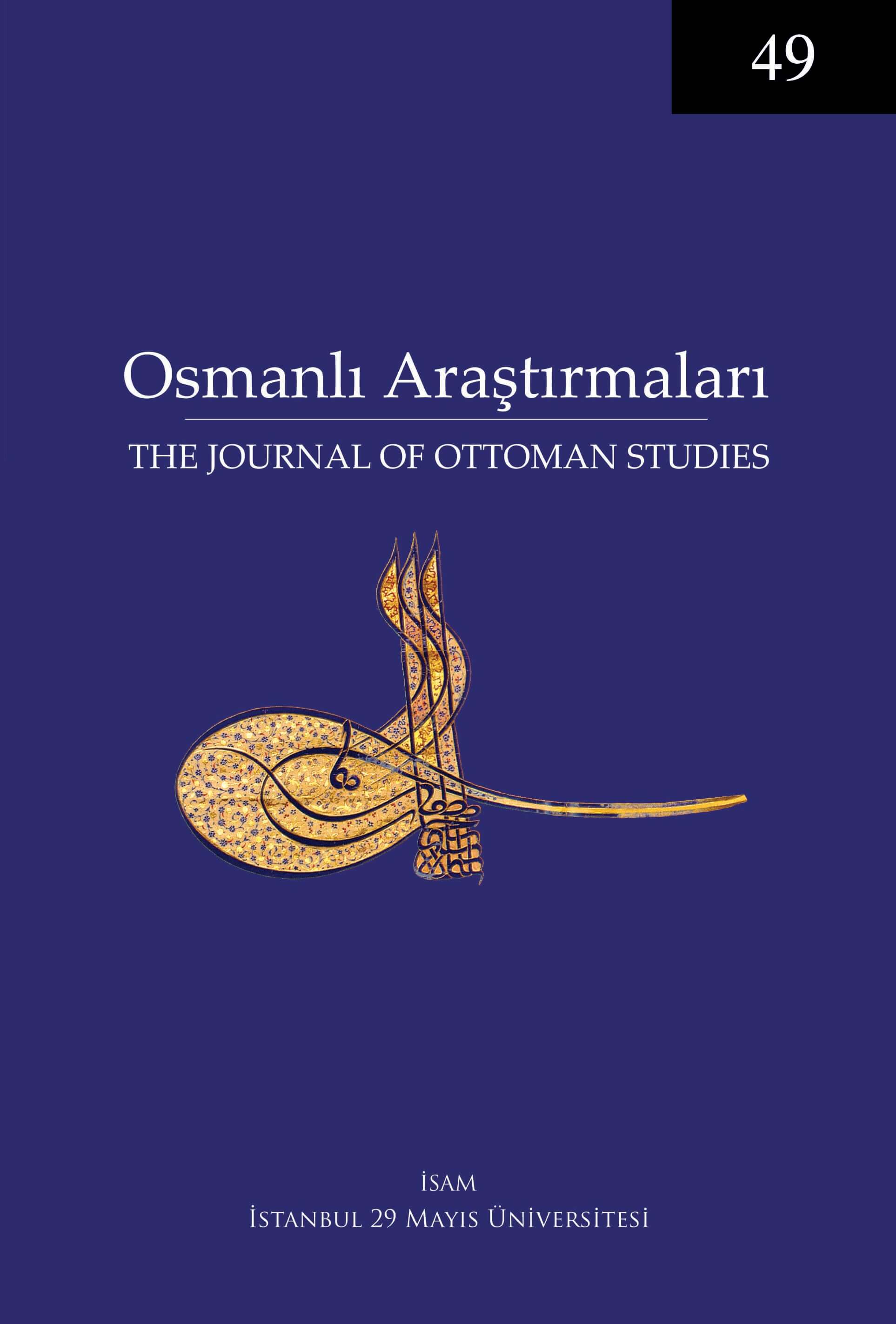Sultanate Dream of an Ottoman Pasha: Sokulluzâde Hasan Paşa and His Illustrated World History
Keywords:
Câmi‘ü’s-Siyer, Hasan Pasha, Ottoman Baghdad, Illustrated manuscripts, Ottoman material cultureAbstract
Illustrated histories were never merely products of simple literal activities at the Ottoman court. On the contrary, they functioned as political tools of the courtiers who commissioned the production of manuscripts, such as the sultan or viziers. The literary and visual images of the patrons appeared both in the texts and images of the manuscripts. In this article, focusing on an example of an illustrated history, I will examine the following questions: How was manuscript patronage used as a tool to enhance the patron’s authority? What were the implications conveyed by the text and illustrations of the manuscript? And, how were manuscripts related to the political deeds of their patrons? In other words, I will discuss symbols of power in the early modern Ottoman culture in terms of visual and literal culture. At this point my example is an illustrated history prepared for Hasan Pasha the Sokulluzâde, the celebrated Ottoman vizier in Ottoman Baghdad. The two-volume manuscript is entitled Câmi‘ü’s-Siyer, literally “Collected Biographies” and housed at the Topkapı Palace Library (H. 1369 and H. 1230). Taking an example of the Câmi‘ü’s-Siyer, I will explore the relationship between Hasan Pasha’s ostentatious behaviors and political agendas. This examination allow us to understand the tools of being an Ottoman elite and its reflections in Ottoman material culture.




